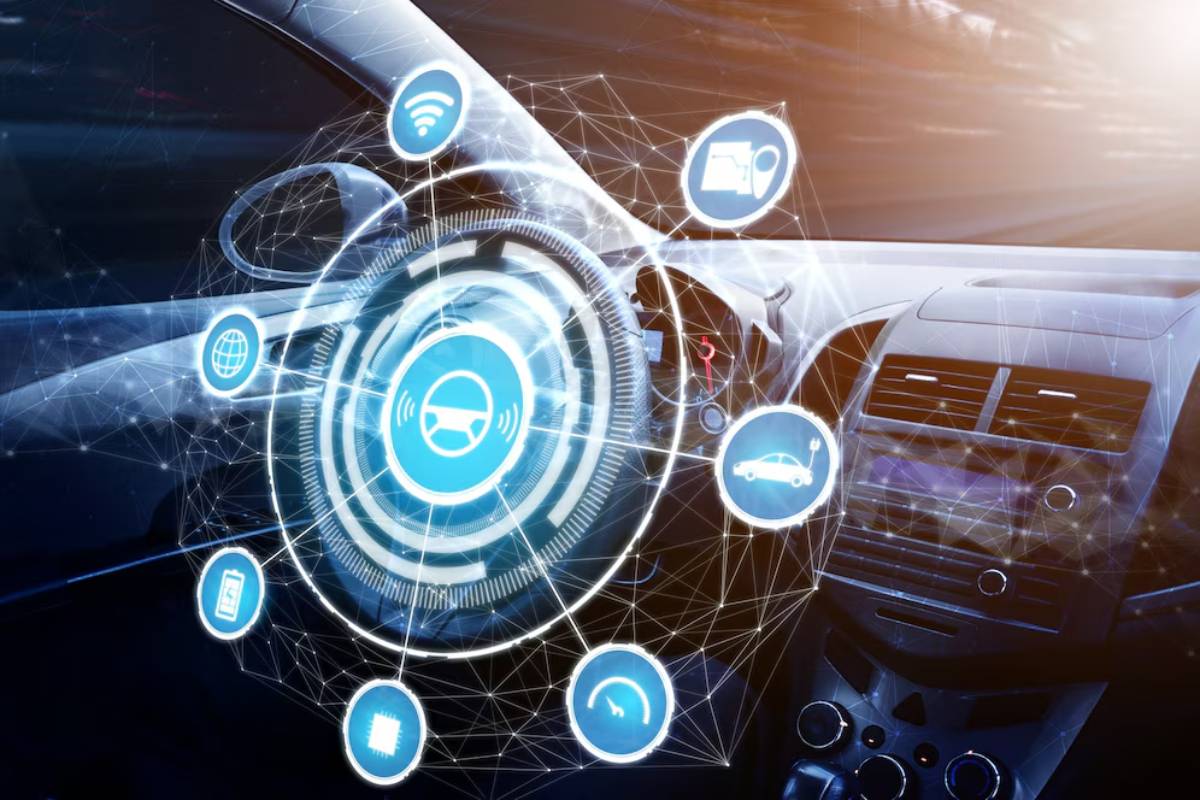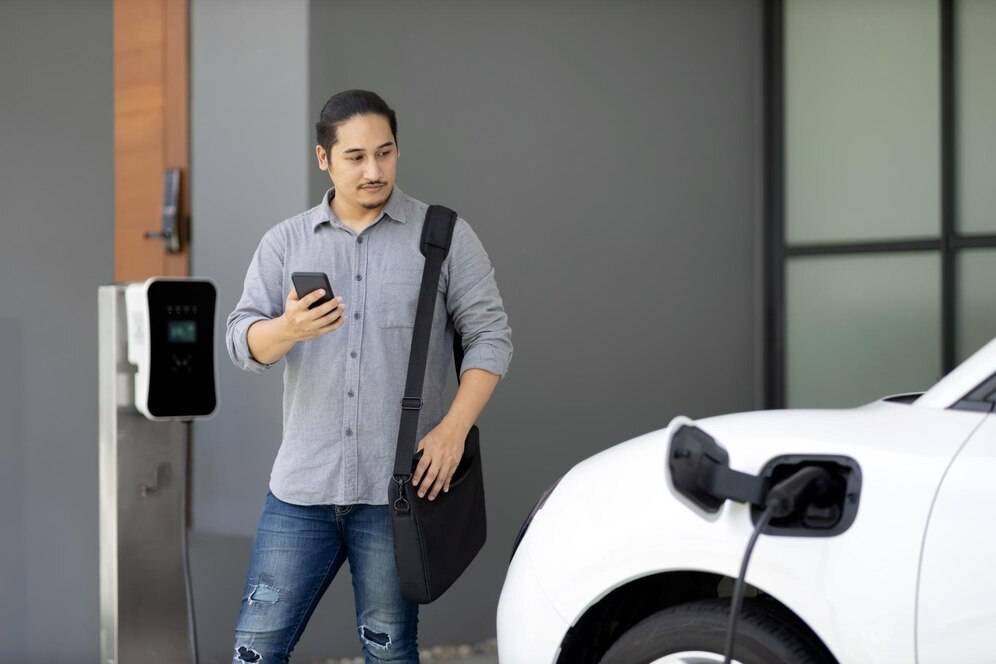The Automobiles & Vehicles Blog

What to Know Before Buying a Used EV
You’re ready to embrace the electric future — but not quite ready for the price tag of a new model. Sound familiar? You’re far from alone. The market for second-hand EVs has grown rapidly in recent years, and it’s easy to see why. Lower costs, instant torque, and guilt-free miles make pre-loved electric cars an appealing option.
But buying a used EV isn’t the same as picking up a petrol hatchback from your local classifieds. There are new things to consider — batteries, software, charging history — that can make or break your investment.
In this guide, we’ll walk you through everything you need to know before buying a used electric vehicle. From essential EV pre-purchase tips to spotting red flags, this is your go-to resource to buy smart, drive happy, and avoid post-purchase regrets.
Why More Drivers Are Choosing Used EVs
EV Prices Are Falling Faster Than You Think
Unlike traditional cars, EVs tend to depreciate more quickly in their early years — great news if you’re buying used. A three-year-old electric car could cost 30–50% less than its new counterpart, making the segment much more accessible.
Sustainable Choice, Inside and Out
Going used isn’t just smart financially. It’s also more environmentally friendly. Extending the life of an EV helps reduce the total lifecycle emissions — a win for your wallet and the planet.
EV-Specific Things to Check Before You Buy
Let’s get into the heart of this used electric car guide: what you should examine before saying “yes.”
Battery Health Is Everything
Think of the battery like the engine of a petrol car — if it’s weak, your EV won’t go far (literally).
What to Ask or Check:
- State of Health (SoH): Aim for 85% or higher for vehicles under 5 years old.
- Warranty status: Most manufacturers offer 8-year/100,000-mile coverage.
- Charging habits: Frequent DC fast charging can degrade batteries faster.
Pro Tip: Ask the dealer to provide a battery diagnostic report. If buying privately, get it independently checked.
Software and Infotainment

Modern EVs are as much computers as they are cars. Software updates can improve range, performance, and safety features.
Key Points:
- Is the vehicle on the latest firmware?
- Are autopilot or driver assistance features active (especially for Tesla or XPeng)?
- Check the infotainment screen for lag, freezing, or dead pixels.
Red flag: Outdated software may hint at neglect — or at a grey-market import.
Charging Compatibility
EVs use different charging connectors and speeds — and not all are equally supported.
Look for:
- Type 2 (Europe standard) + CCS Combo 2 for fast DC charging
- Charging cable included (can cost £200–£400 separately)
- Check compatibility with local public chargers
Driving Range: Real vs Rated
The sticker might say 200 miles — but that was under ideal conditions, years ago.
Test for:
- Actual range on a full charge (shown on the dashboard)
- Previous owner’s typical driving style
- Usage patterns (urban vs motorway driving)
Context: Cold weather, high speeds, and hills all eat into range faster than expected.
Warranty, Service Records & Ownership History
A used EV’s past tells you everything you need to know about its future.
Essentials:
- Full service history (dealer or independent EV specialist)
- Battery replacement or repair record (if any)
- Recalls or software updates completed
- MOT reports — still relevant even for electric cars
Top EV Models That Hold Up Well in the Used Market
Not all EVs age equally. Some hold their battery life and software support better than others.
Strong Performers in the Second-Hand EV Market:
- Nissan Leaf (40kWh and 62kWh)
- Widely available
- Simple design, reliable battery (though air-cooled)
- Great for city use
- Hyundai Kona Electric
- Excellent real-world range
- Long warranty (5 years vehicle, 8 years battery)
- Supported by many independent garages
- Kia e-Niro / Niro EV
- Practical, reliable, and surprisingly premium
- 7-year transferable warranty
- Holds value better than many rivals
- Tesla Model 3 (especially post-2020)
- OTA updates extend lifespan
- Massive Supercharger network
- Beware of mileage-heavy ex-Uber vehicles
- BMW i3
- Quirky, but high build quality
- Battery longevity is strong
- Range Extender (REx) version offers peace of mind
Second-Hand EV Pitfalls to Avoid
Let’s talk red flags — the used EV traps that can turn a deal into a dud.
Hidden Battery Wear
- SoH may look fine at 80%, but ask: how fast does it drop during a drive?
Imported Cars
- Watch for incompatible charging ports, missing warranties, or odd software quirks.
No App or Software Access
- Some brands lock out app functions (like remote preheating or unlocking) when the vehicle changes hands unless re-registered.
Noisy or Broken Cooling Fans
- EVs rely on thermal management — loud fans = wear, or worse, early signs of battery issues.
Anecdote: How Lucy Found Her EV Sweet Spot
Lucy, a commuter from Bristol, wanted to go electric but didn’t want the new-car price. After test-driving a few duds, she found a 3-year-old Kia e-Niro with a 94% battery SoH and full dealer service history.
“I was worried about buying second-hand. But the dealer walked me through the battery report, and the car still had four years of warranty. It’s been brilliant.”
Her story’s common — the right used EV can save you thousands while still delivering peace of mind.
EV Pre-Purchase Tips Checklist
Here’s a quick list you can use while shopping:
✅ Battery State of Health (get a report)
✅ Charging type compatibility + cable included
✅ Software version up to date
✅ Range estimation checked in real-world driving
✅ Full-service and MOT history
✅ Warranty status (vehicle and battery)
✅ App functionality available post-purchase
✅ Test all regen modes, drive modes, and A/C
✅ Visually inspect undercarriage (battery enclosure condition)
✅ Check tyre wear — excessive could hint at alignment or suspension issues
Print it out or screenshot it before you view any second-hand EV.
Where to Buy a Used EV — Safely
Authorised Dealers:
- Pros: Usually include a warranty, battery test, and full inspection
- Cons: Higher prices
EV-Specialist Independents:
- Pros: Good knowledge, lower prices
- Cons: Limited stock
Peer-to-Peer Platforms (Auto Trader, Cinch, etc.):
- Pros: Lots of choice
- Cons: You must do your own due diligence
Certified Pre-Owned Programmes:
Look for manufacturers offering CPO schemes with extended battery warranties and app reactivation support (e.g. Tesla, Nissan, Hyundai).
Go Electric, Go Smart

Buying a second-hand EV is a fantastic way to join the electric movement — without spending a fortune. But it’s not just about saving money. It’s about understanding what matters most in an EV: battery health, range honesty, and tech support.
With the right knowledge and a sharp eye, you can confidently choose a vehicle that’s eco-friendly, future-ready, and tailored to your lifestyle.









